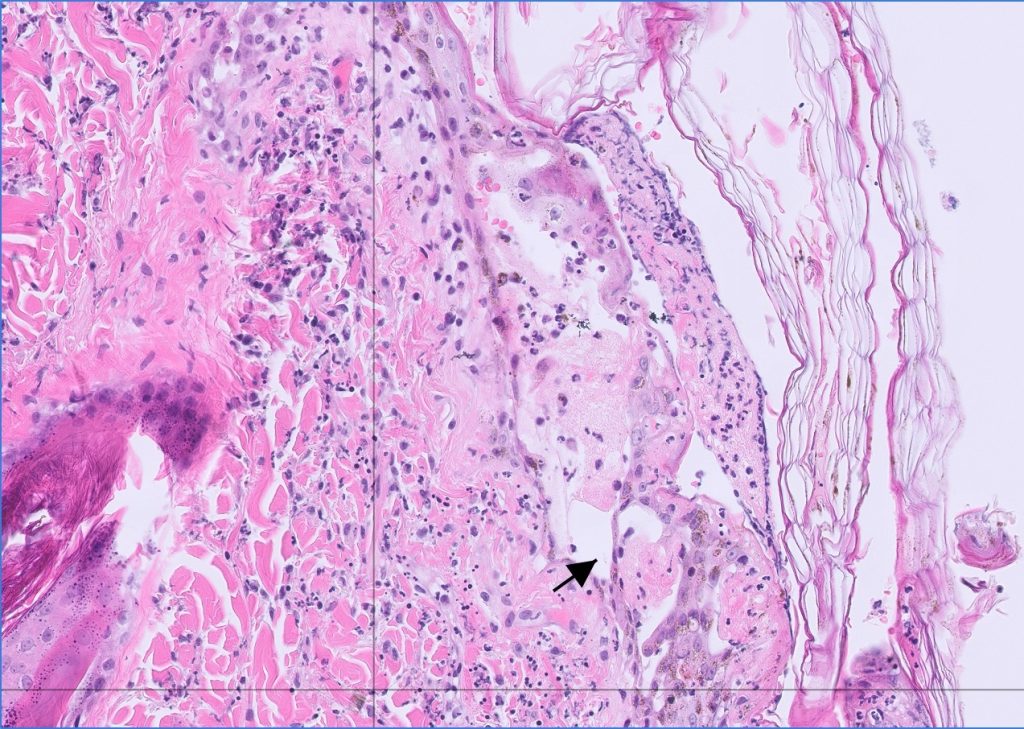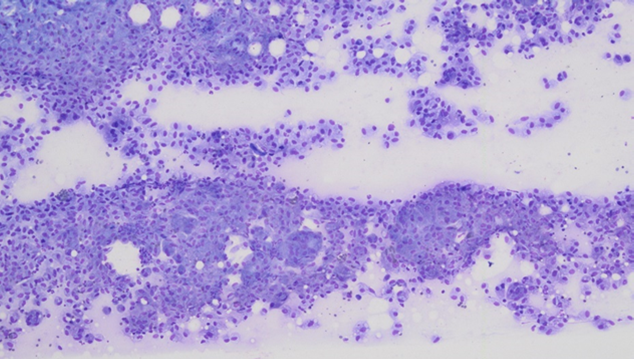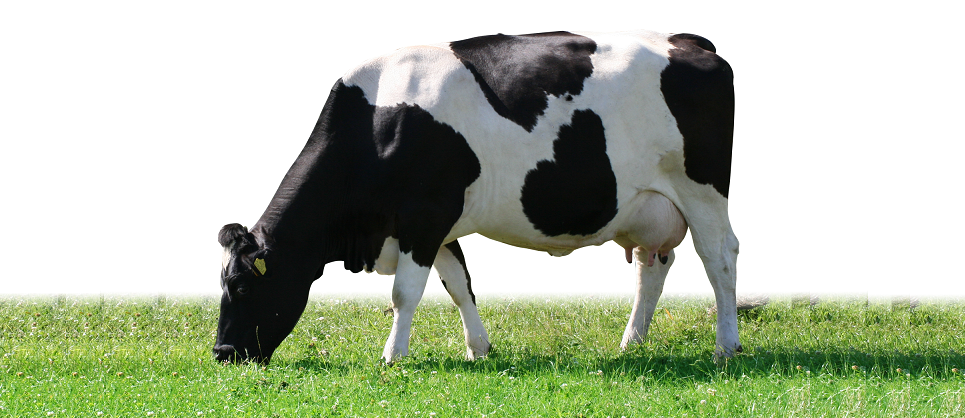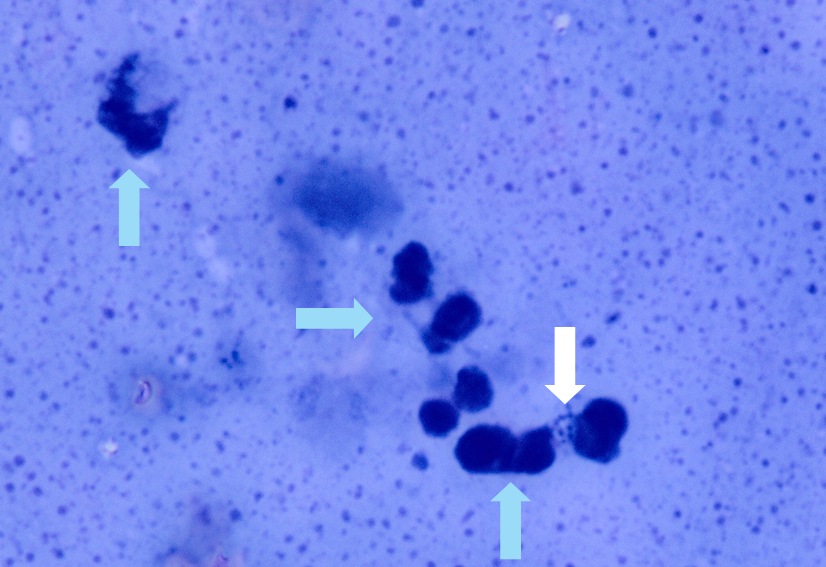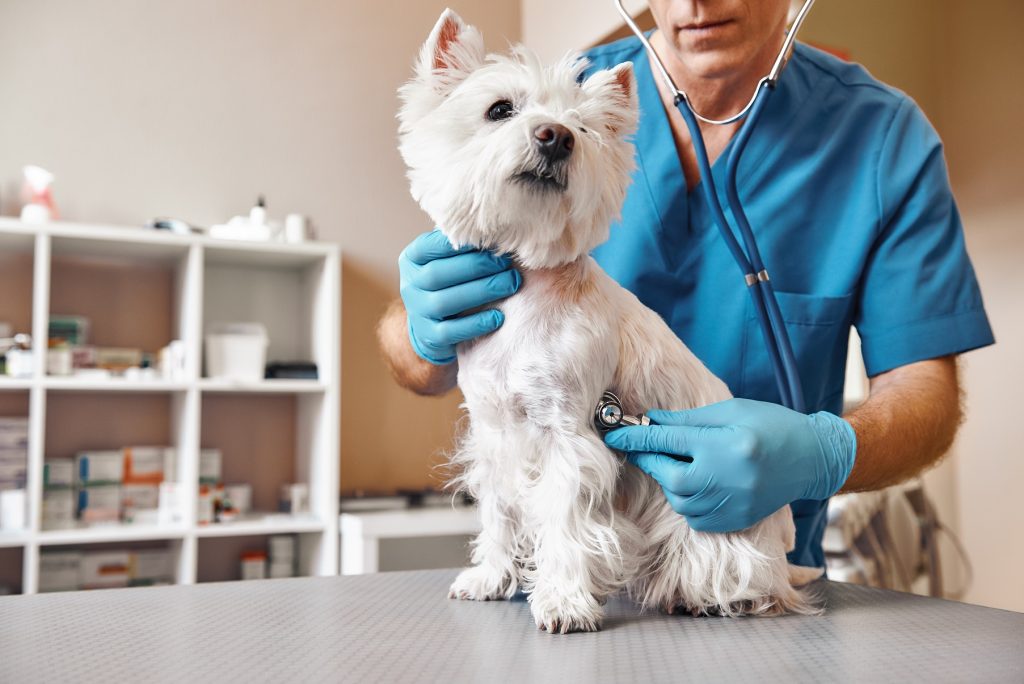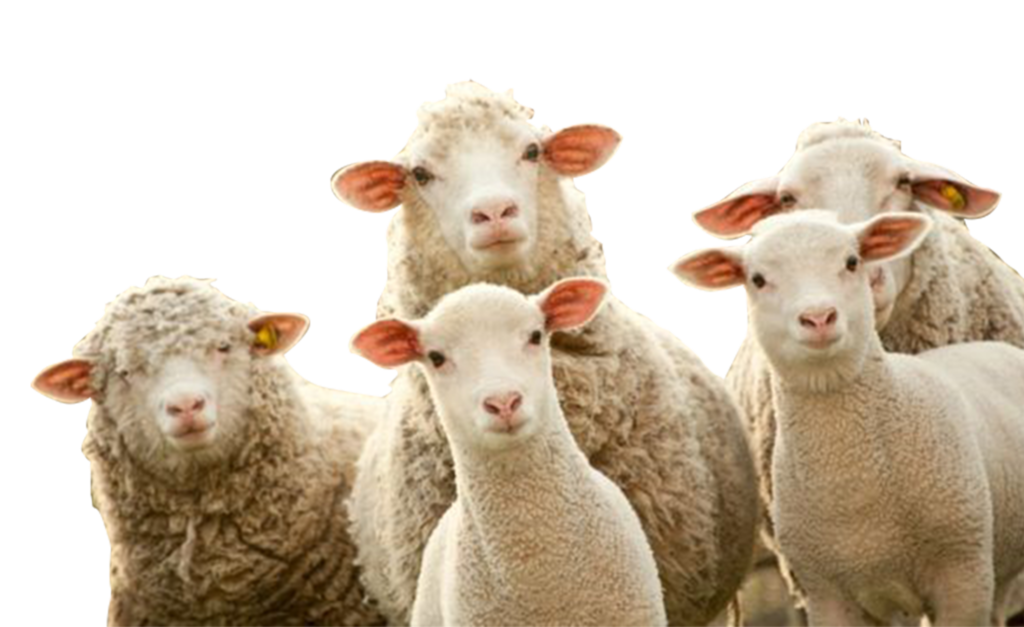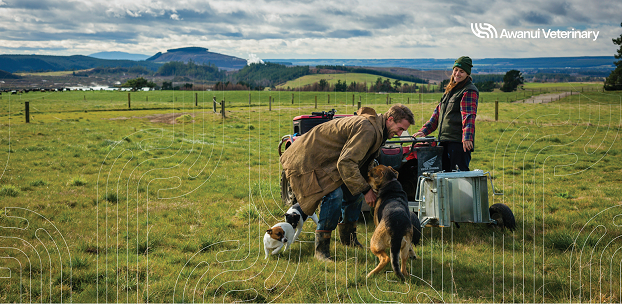A potential ‘dermergency’
Michael HardcastleIt has been said that “dogs never die from skin disease, but only itch forever”, however there are a few dermatological conditions that are linked to serious systemic lesions. One of them is a rare syndrome seen exclusively in Miniature Schnauzers, a case of which was recently suspected at Awanui Veterinary, Auckland.Clinical historyThe patient […]

